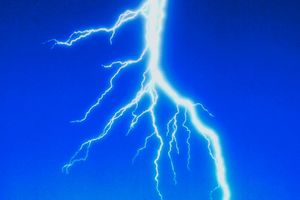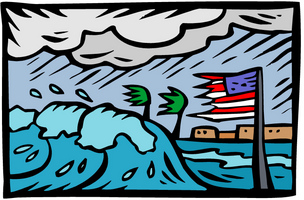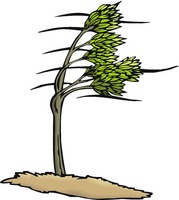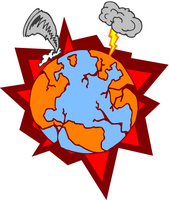| What Is a Force?
By Cindy Grigg |
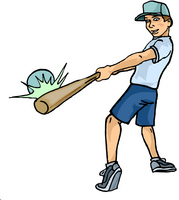
2 A push or a pull is a force. A push moves an object away from you. A pull brings it closer.
3 A force can make things move. Pushing a toy car starts its motion.
4 A force can stop a moving object. If someone throws you a ball, the force made by your hand stops the ball when you catch it.
5 A force can change the direction of a moving object. If you are batting, the pitcher throws the ball toward you. You use your bat to apply a force to the ball. You use a force to push the ball in a new direction.
6 Things do not move until some force acts on them. Often you use pushes and pulls to make things move.
